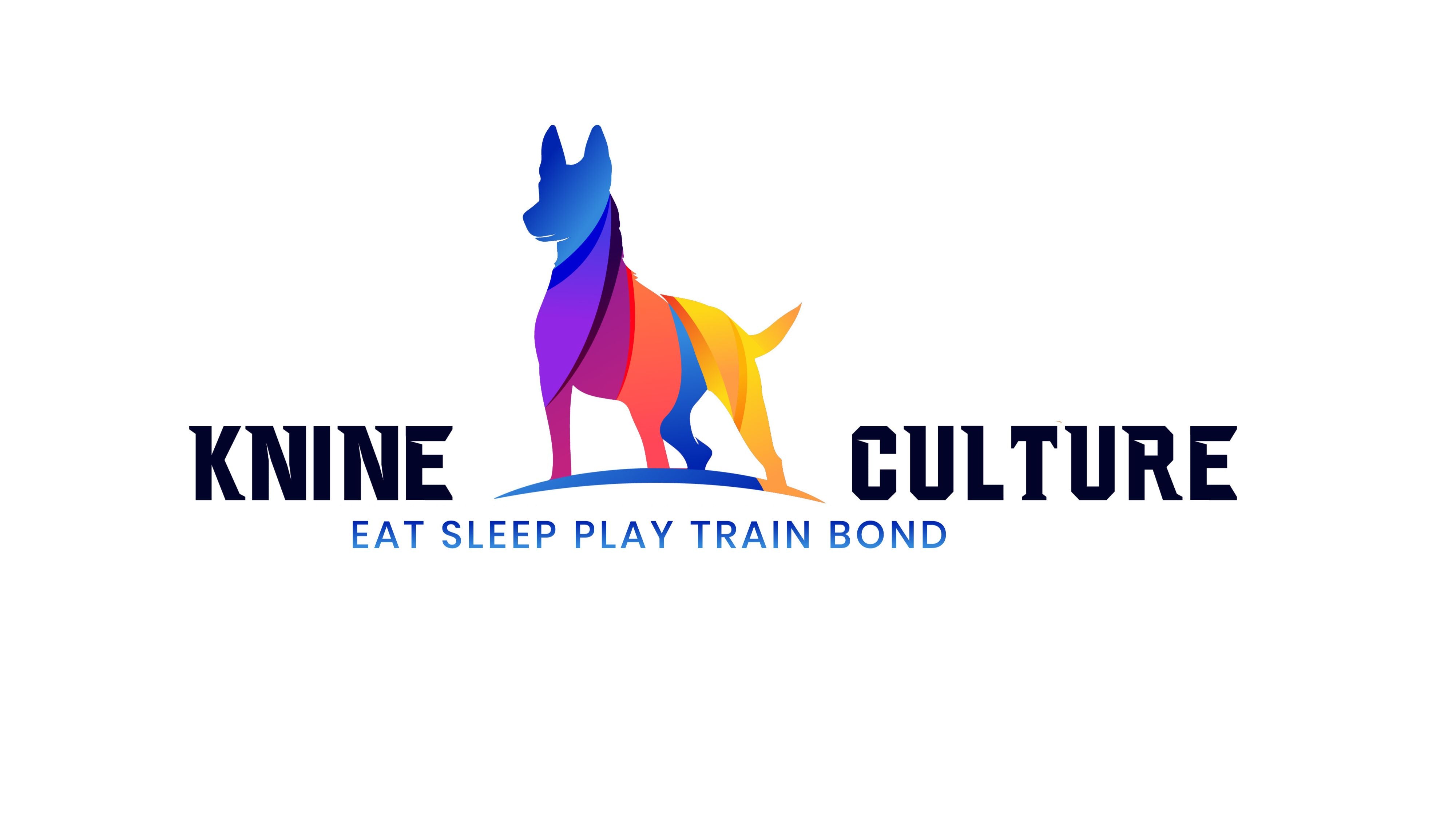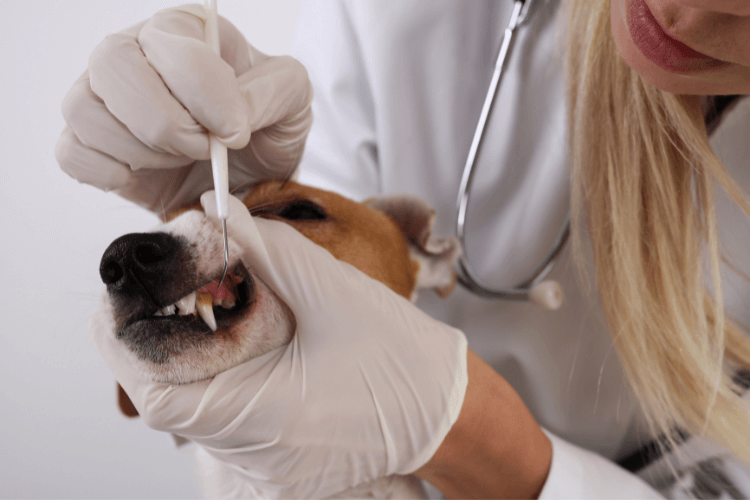In the bustling urban landscape of Singapore, where dogs are cherished members of countless households, the significance of regular grooming goes beyond mere aesthetics. Grooming your furry companion isn't just about keeping them looking dapper; it's a crucial aspect of responsible pet ownership that directly impacts their overall health and happiness.
First and foremost, grooming contributes significantly to your dog's well-being by ensuring their comfort. The tropical climate of Singapore can lead to excessive sweating and discomfort in dogs, particularly those with thick coats. Regular bathing helps alleviate this discomfort, keeping them cool and refreshed. Moreover, grooming sessions involve essential practices like brushing and nail trimming, which prevent painful matting and overgrown nails. These seemingly small gestures translate to a dog's heightened comfort and mobility, enhancing their quality of life.
Beyond physical comfort, grooming is pivotal in maintaining your dog's skin health, especially in a humid environment like Singapore. The constant heat and humidity create an ideal breeding ground for skin issues. Regular grooming helps prevent these problems by removing dirt, debris, and excess oil from the coat, reducing the likelihood of skin irritations and infections. Matting, a common concern among dogs with longer hair, can also lead to skin problems. Grooming prevents matting and ensures proper coat distribution, allowing air to circulate through the fur and preventing skin issues from taking root.
In a city where dogs are often seen accompanying their owners to cafes, parks, and shopping districts, a well-groomed appearance is a matter of pride and an essential aspect of social interaction. A clean and tidy dog is more likely to be welcomed in public spaces, fostering a sense of inclusivity and community. Ultimately, in Singapore's vibrant dog-loving culture, regular grooming emerges as an essential practice that promotes the health and comfort of our four-legged companions and contributes to a harmonious coexistence within the urban landscape.
Essential Tools and Supplies for Dog Grooming
Regarding dog grooming, having the right tools and supplies at your disposal can make all the difference in ensuring a smooth and practical grooming experience. A well-stocked grooming kit should include various items tailored to your dog's needs. Brushes and combs are fundamental tools for maintaining your dog's coat. For dogs with long, dense fur, slicker brushes, and undercoat rakes can help prevent matting and remove loose hair. On the other hand, bristle brushes work well for dogs with shorter coats. Consider using a comb to avoid tangles if your dog has a curly coat.
Nail clippers are another essential tool in your grooming arsenal. Different nail clippers are available, including scissor-style clippers and guillotine-style clippers. Choose the one you're most comfortable using that suits your dog's nail size. Additionally, specialized shampoos formulated for dogs are crucial for maintaining skin health. These shampoos come in various formulations, such as moisturizing, hypoallergenic, and medicated options. Depending on your dog's coat type and any skin sensitivities, you can select the shampoo that best meets their needs.
Regular grooming is essential for certain breeds with unique coat characteristics. Breeds like the Poodle, Shih Tzu, and Yorkshire Terrier require frequent grooming because their hair grows continuously. Breeds with double coats, like the Husky and Golden Retriever, might benefit from tools that effectively remove loose fur during shedding seasons. Tailoring your tool selection to your dog's breed and coat type ensures you can provide the best care possible.
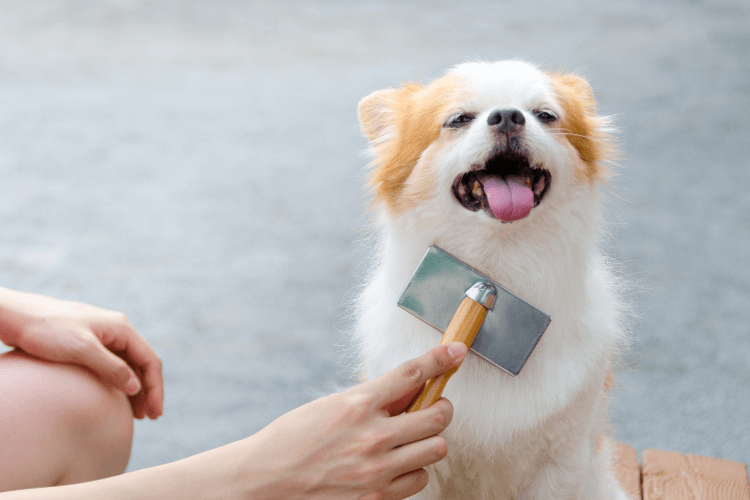
Mastering the Art of Brushing
Mastering the art of brushing is essential for maintaining your dog's coat health and ensuring their comfort. Dogs come in various coat types, each requiring specific care and attention. For dogs with short coats, such as Dachshunds or Boxers, a rubber curry brush or a bristle brush can effectively remove loose hair and dirt. These breeds benefit from regular but gentler brushing to maintain their sleek appearance and promote healthy skin.
On the other hand, long-haired breeds like Afghan Hounds and Collies demand more intensive brushing. Pin or slicker brush can penetrate their dense coats, preventing tangles and matting. An undercoat rake proves invaluable during shedding seasons for double-coated breeds like the Husky or Malamute, which shed heavily. Working through the undercoat helps remove dead hair and prevents it from becoming a tangled mess. Dogs with curly coats, including Poodles and Bichon Frises, require frequent brushing to prevent matting and tangling. Combining a slicker brush and a wide-toothed comb works wonders to maintain their distinctive curls.
Proper brushing techniques are crucial to preventing tangles and maintaining a lustrous coat. Start gently, especially in sensitive areas like the belly and armpits. Work toward hair growth to avoid discomfort and to ensure effective detangling. Gradually work through knots using your fingers or a detangling spray, if necessary. Additionally, regular brushing helps distribute natural oils produced by the skin, promoting a healthy shine and preventing dryness. Remember to reward your dog with treats and positive reinforcement during brushing sessions to create a positive association with the process.
Bathing Your Furry Friend
Bathing your furry friend can be a rewarding experience when approached with patience and a well-thought-out plan. To ensure a stress-free bath time:
- Start by gathering all the necessary supplies within arm's reach. This includes dog-friendly shampoo, towels, a non-slip mat for the bathtub, a brush, and treats for positive reinforcement.
- Before beginning, give your dog a chance to expend energy through play or a short walk to help them feel calmer during the bath.
- Place a cotton ball in their ears to prevent water from entering, and trim their nails to avoid accidental scratches.
When it comes to water temperature, lukewarm is the key. Test the water on the inside of your wrist to ensure it's comfortable for your dog. Start by thoroughly wetting your dog's coat, avoiding their face. Gently lather the shampoo, beginning from the neck and moving down to the tail. Use a shampoo formulated specifically for dogs, as human shampoos can strip their natural oils and lead to skin irritation. While shampooing, you can use this opportunity to check for any unusual lumps, bumps, or skin issues that might need attention. Rinse thoroughly, ensuring no shampoo residue remains on their coat, which can lead to itching.
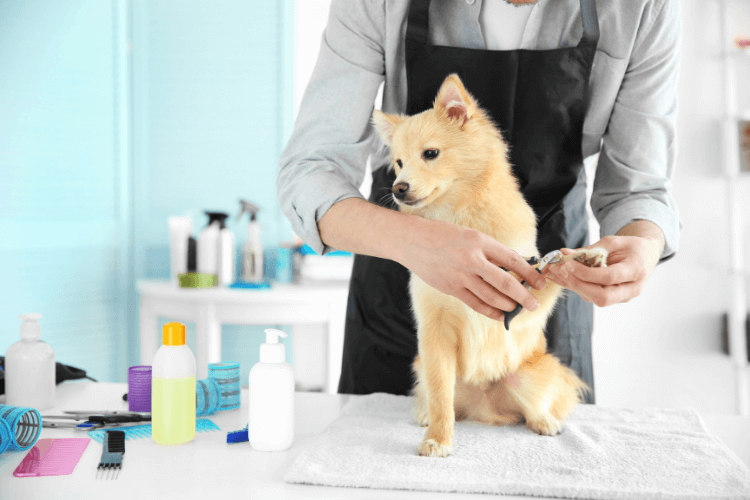
Nailing Nail Care
Nail care is an often-overlooked aspect of dog grooming, yet it plays a pivotal role in ensuring your furry companion's comfort and mobility. Like humans, overgrown nails can lead to discomfort and even affect a dog's ability to walk and run properly. Regular nail maintenance is essential to prevent issues like ingrown nails, which can be painful and lead to infections. Nails that are too long can also change a dog's gait, causing joint strain and discomfort. By prioritizing nail care, you're enhancing their physical well-being and contributing to their overall quality of life.
A cautious and informed approach is crucial when trimming your dog's nails. First, gather the necessary tools: a pair of dog-specific nail clippers and styptic powder to stop bleeding in case of accidental cuts. Familiarize your dog with the clippers by letting them sniff and inspect the tool. Begin by gently holding their paw and pressing on the pad to extend the nail. Clip a small portion at a time, using the natural curve of the nail as a guide. Avoid cutting too close to the quick, sensitive blood vessels and nerves within the nail. Cutting the quick can cause pain and bleeding. If your dog has light-colored nails, the quick is often visible as a pinkish area, making it easier to avoid. For dogs with dark-colored nails, it's recommended to trim small sections at a time and watch for a black dot in the center of the cut surface—this indicates you're approaching the quick.
Ear Cleaning and Maintenance
Proper ear cleaning and maintenance are vital to your dog's health and well-being. Dogs are susceptible to ear infections due to their unique ear anatomy, which can trap moisture and debris, creating an ideal bacterial and yeast growth environment. Regular ear cleaning helps prevent these infections, which can be uncomfortable and even painful for your canine companion. Keeping their ears clean reduces the risk of itching, irritation, and potential hearing loss caused by untreated infections.
When cleaning your dog's ears, it's essential to do so safely and effectively.
- Start by selecting a gentle, vet-approved ear cleaner specifically formulated for dogs. Avoid using cotton swabs, pushing debris further into the ear canal and potentially damaging the delicate structures.
- Gently lift your dog's ear flap and apply a few drops of the ear cleaner, then massage the base of the ear for about 20-30 seconds to help the solution reach deeper into the ear canal.
- Allow your dog to naturally shake their head to expel excess liquid and debris.
- Finally, use a clean, soft cloth to wipe the visible parts of the ear. Look for signs of ear issues such as redness, swelling, excessive wax buildup, or a foul odor. If you notice any of these symptoms or your dog appears in discomfort, it's best to consult your veterinarian for proper diagnosis and treatment.
The Art of Tooth and Gum Care for Dogs
The art of tooth and gum care is a crucial component of responsible dog ownership, with far-reaching implications for your canine companion's well-being. Just as in humans, dental hygiene profoundly affects a dog's overall health. Poor oral health can lead to various issues, from bad breath and gum disease to more severe problems like tooth decay and systemic infections. Bacteria in the mouth can enter the bloodstream and affect vital organs such as the heart, kidneys, and liver. By prioritizing dental care, you're ensuring your dog's fresh breath and healthy teeth and reducing the risk of potential health complications down the road.
Introducing a toothbrush into your dog's routine may seem daunting, but it can become an enjoyable and beneficial experience with patience and positive reinforcement. Begin by gradually acclimating your dog to the sensation of having their mouth touched. You can start by gently lifting their lips and rewarding them with treats for cooperation. Once they're comfortable, introduce a dog-specific toothbrush and toothpaste. Human toothpaste can harm dogs, so choosing a toothpaste formulated for canines is essential. Opt for flavors your dog might enjoy, like poultry or beef. Start by letting your dog taste the toothpaste and slowly transition to using the toothbrush. Aim for short, gentle brushing sessions, focusing on the outer surfaces of the teeth and gums. Over time, you can gradually increase the duration. Dental chews, toys, and treats promoting oral health can supplement regular tooth brushing.
Dealing with Dog Haircuts
Dog haircuts are more than just a cosmetic choice; they're a practical necessity for many breeds with unique coat characteristics. While some dogs have coats that naturally shed and stay relatively short, others have hair that continues to grow and requires regular trimming to maintain their comfort and hygiene. Breeds like the Poodle, Bichon Frise, and Shih Tzu have hair that grows continuously, making haircuts essential to prevent matting, tangling, and discomfort. With proper haircuts, these breeds' coats can become manageable, leading to skin issues, reduced mobility, and unhappiness.
Understanding the various haircut styles can help you make informed choices based on your dog's needs and preferences. For example, the "Puppy Cut" is a popular choice for many breeds, keeping the hair relatively short and uniform all over the body, providing easy maintenance. The "Lion Cut," often chosen for Poodles and Portuguese Water Dogs, involves trimming the body while leaving a full mane and poofy tail. Show dogs might undergo specific breed-specific cuts to meet the standards of their breed's appearance. While some pet owners opt to handle haircuts at home, professional grooming might be necessary for complex styles or dogs that are particularly nervous or uncooperative during grooming sessions. Groomers have the expertise to handle different coat types and create polished looks while ensuring your dog's safety and comfort.
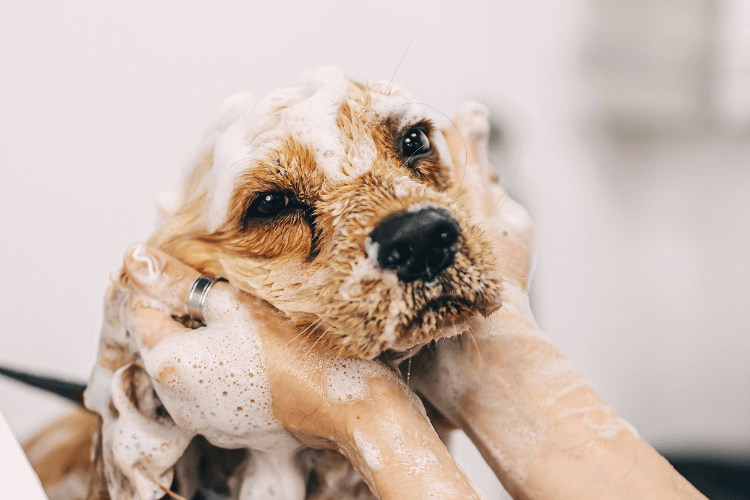
Delicate Task of Handling Doggy Sensitive Areas
Handling sensitive areas during dog grooming requires a gentle touch and a strategic approach to ensure both your dog's comfort and your safety. Sensitive areas such as the paws, face, and sanitary regions can trigger anxiety or resistance in dogs, so it's essential to introduce these grooming practices gradually. Begin by desensitizing your dog to touch these areas during relaxed moments outside grooming sessions. Touch and hold their paws, gently massage their face, and allow them to become accustomed to your presence near their sensitive spots.
For the paws, start by touching and massaging their feet during play or cuddle times. Gradually introduce the sensation of holding their paws and manipulating their toes, rewarding them with treats for positive behavior. This desensitization helps make nail trimming and paw cleaning more manageable. Regarding the face, associate gentle touches with positive experiences, such as treats or praise. Over time, you can introduce face cleaning with a damp cloth or specialized wipes, being cautious around the eyes and ears. As for the sanitary areas, approach this with patience and sensitivity. Gently lifting their tail and cleaning the area with a damp cloth during bath time can help prevent discomfort and maintain cleanliness.
Spotting and Addressing Skin and Coat Issues
Grooming sessions provide a valuable opportunity to pamper your dog and closely examine its skin and coat for potential issues. Regular inspection helps you catch common skin and coat problems early, providing timely intervention and preventing more severe complications. During grooming, watch for signs of dry or flaky skin, excessive itching, redness, hot spots, or unusual bumps. These could be indicators of allergies, infections, or other underlying issues. Additionally, check for abnormalities in your dog's coat, such as excessive shedding, dullness, or thinning areas. These observations can provide valuable insight into your dog's overall health.
If you notice persistent symptoms, such as ongoing itching, inflammation, or hair loss, it's recommended to consult your veterinarian. They can accurately diagnose the issue and recommend the appropriate treatment. You can consider adding omega-3 fatty acids to your dog's diet for minor issues like dry skin or using hypoallergenic shampoos and conditioners. However, avoiding over-the-counter medications without consulting a vet is crucial, as some can exacerbate the problem or have adverse effects. When in doubt, it's always better to seek professional guidance to address your dog's skin and coat issues.
Conclusion
In the grand journey of dog ownership, grooming isn't just about aesthetics—it's a tangible expression of your love and commitment to your furry companion's well-being. Through the pages of this guide, we've explored the ins and outs of grooming greatness, delving into the importance of regular grooming routines that extend far beyond a stylish appearance.
As you embark on your grooming journey, remember that patience, positive reinforcement, and a solid understanding of your dog's needs are your best allies. Grooming sessions are chores and opportunities to bond, nurture, and care for your faithful companion. And while there might be moments of trial and uncertainty, every step you take towards grooming greatness contributes to a happier and healthier life for your beloved four-legged friend.
